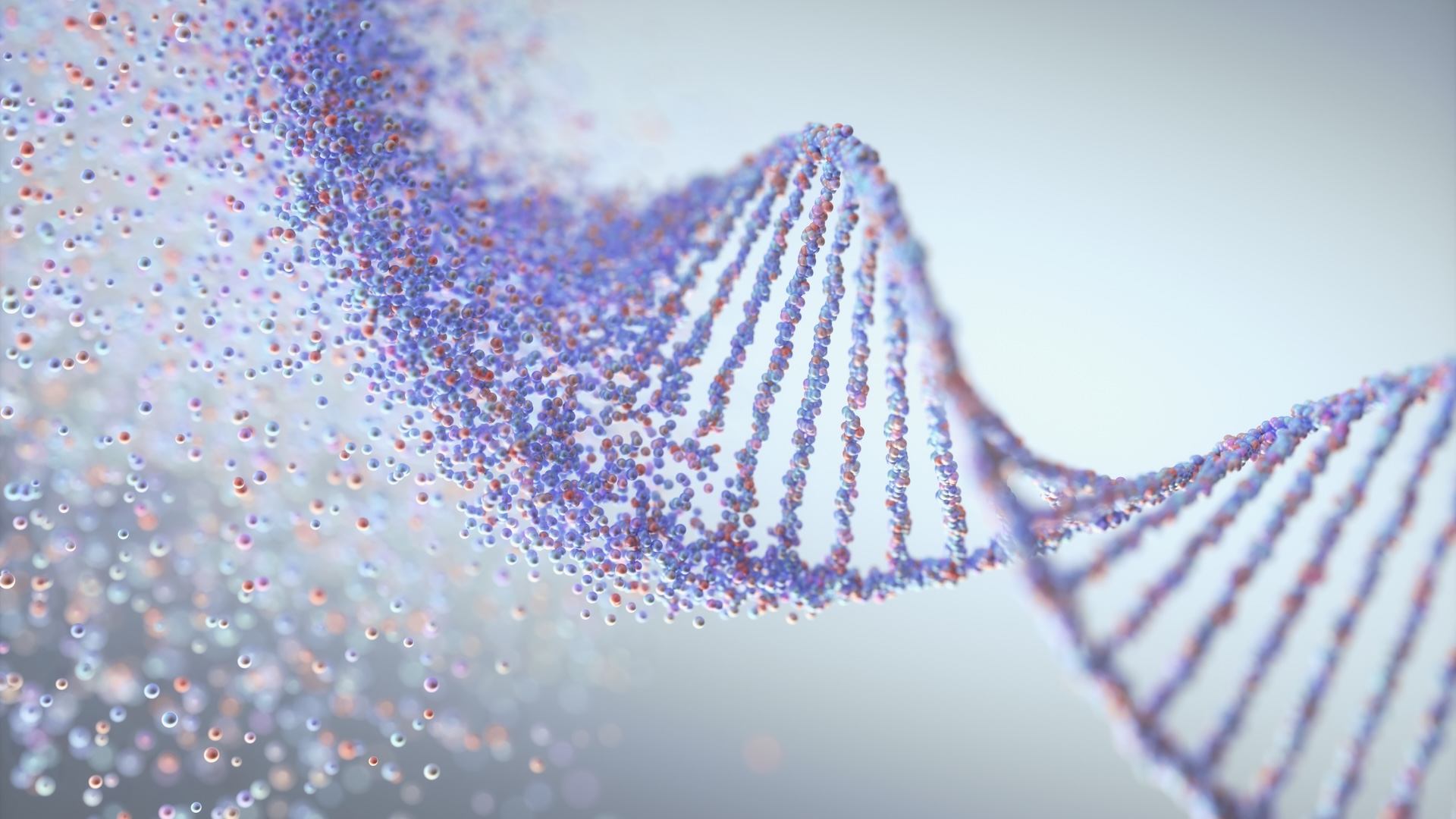
Scientists have unveiled a new version of the famous gene-editing tool CRISPR, one that can "pause" a given gene temporarily rather than permanently turning it off.
The CRISPR revolution started in 2012, when Jennifer Doudna and Emmanuelle Charpentier — now Nobel winners — published their discovery of a new gene-editing technique more accurate and efficient than anything tried before. CRISPR has since transformed genetic research and was recently approved for a first-of-its-kind gene therapy for people with blood disorders.
The original CRISPR system works by recognizing a specific sequence of DNA and then cutting that portion of the DNA strand, effectively turning off the gene permanently. Unfortunately, this technique comes with risks, such as "off-target" cuts that slice through the wrong genes.
Now, however, researchers at Vilnius University in Lithuania introduced a new, more versatile genetic toolkit called the type IV-A CRISPR system. Described in a study published Oct. 29 in the journal Nature Communications, the system deactivate genes in an impermanent manner, giving researchers more control over gene activity.
The type IV-A CRISPR system doesn't cut the DNA. "Type IV-A systems are truly unique in their molecular activity," senior study author Patrick Pausch, a genetics researcher and professor at Vilnius University, told Live Science in an email. "Most other CRISPR systems … once they locate a gene, they cut it, and that's it! In contrast, type IV-A systems continuously act on a gene of interest, effectively massaging its DNA, if you will."
The type IV-A system was first discovered in 2018, and in multiple publications, scientists have reported how the system generally functions. In their new study, Pausch and his colleagues revealed the detailed structure of the molecules within the type IV-A CRISPR system. They used cryo-electron microscopy, a technique in which frozen proteins are bombarded with electrons to create a 3D image of the molecule.
The researchers showed that, by unraveling DNA's double helix, the type IV-A system can stably but reversibly suppress a gene's activity without having to cut its DNA.
"The power of this technique is that it silences gene expression without changing the DNA sequence," Ryan Jackson, a biochemist at Utah State University and not involved in the study, told Live Science in an email. "This strategy could be especially useful in the research lab where a scientist may want to silence expression for a while, but then turn expression back on to observe the results."
Pausch said that their study lays the groundwork for future iterations of this system. "We describe the molecular processes underlying this activity, enabling us to adapt this system for next generation genome editing applications," he said. The system described in the paper uses one class of enzyme to unwind DNA, but different enzymes could also be used. For example, there are enzymes that can tweak the epigenetics affecting a given gene, meaning the factors that affect the gene's activity without changing its DNA sequence.
This system can also silence genes located far away from the original DNA target sequence. That's because researchers use an enzyme called DinG, which has the ability to unwind the DNA double helix and then move along the DNA strand.
"This 'long-distance' silencing mechanism is different from other existing methods that rely on direct interactions with the sequence to be silenced, Jackson noted. Such a tool could help scientists better understand the complex ways in which gene activity is controlled, he said.
In the future, Pausch and his colleagues hope to fill in more of the missing details of how the system works, especially how the CRISPR and enzyme molecules change shape as they suppress genes. Following this, the team hopes to begin exploring potential therapeutic applications of the technology.
One way they could see the system being applied in medicine is as a platform for the next generation of genome editors. These editors could directly edit a pair of letters in DNA's code; temporarily increase or decrease the expression of specific genes; or edit the "epigenome." These tools could be used in the clinic to treat disease, as well as in agriculture to increase yields or reduce food waste.
Ever wonder why some people build muscle more easily than others or why freckles come out in the sun? Send us your questions about how the human body works to community@livescience.com with the subject line "Health Desk Q," and you may see your question answered on the website!







